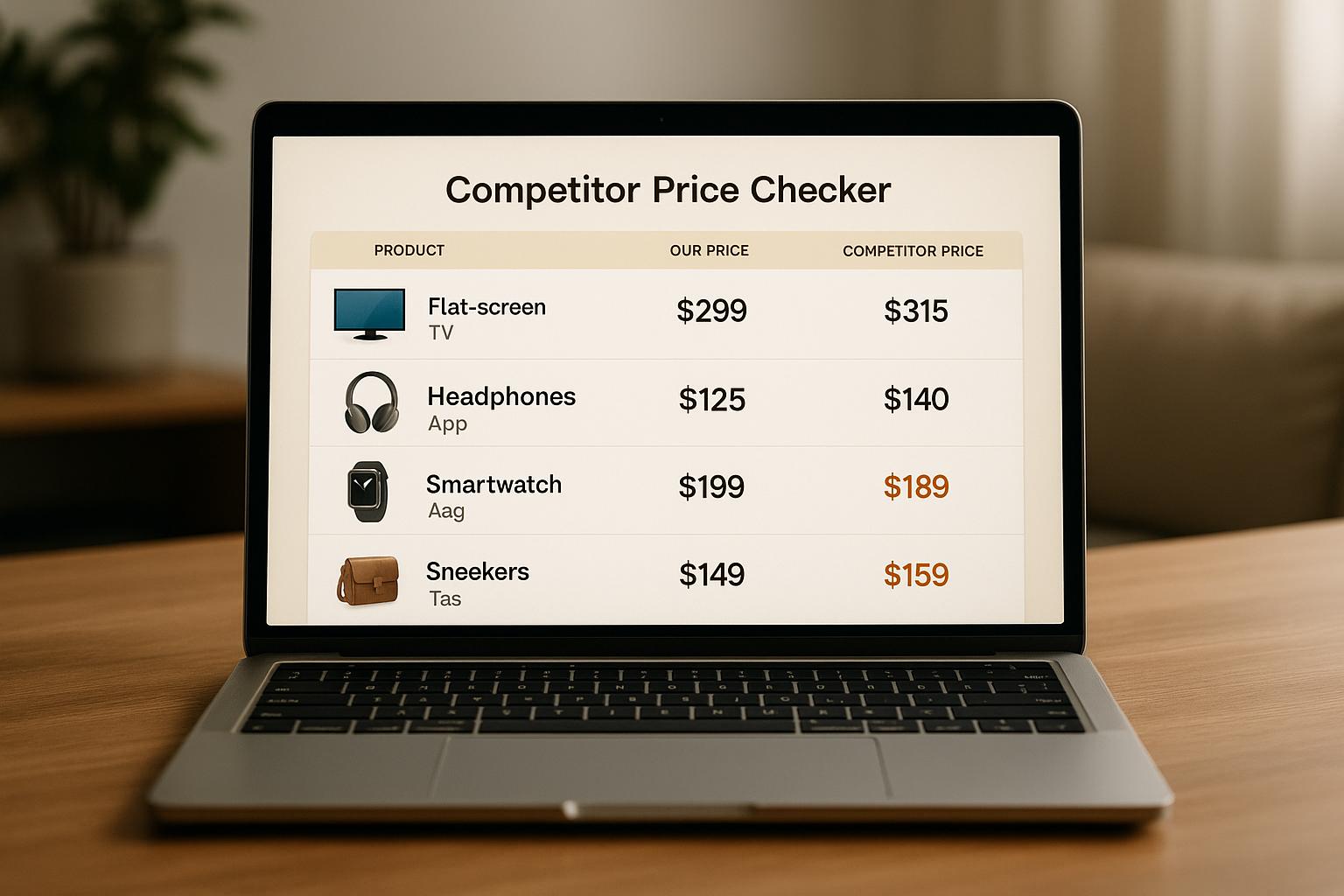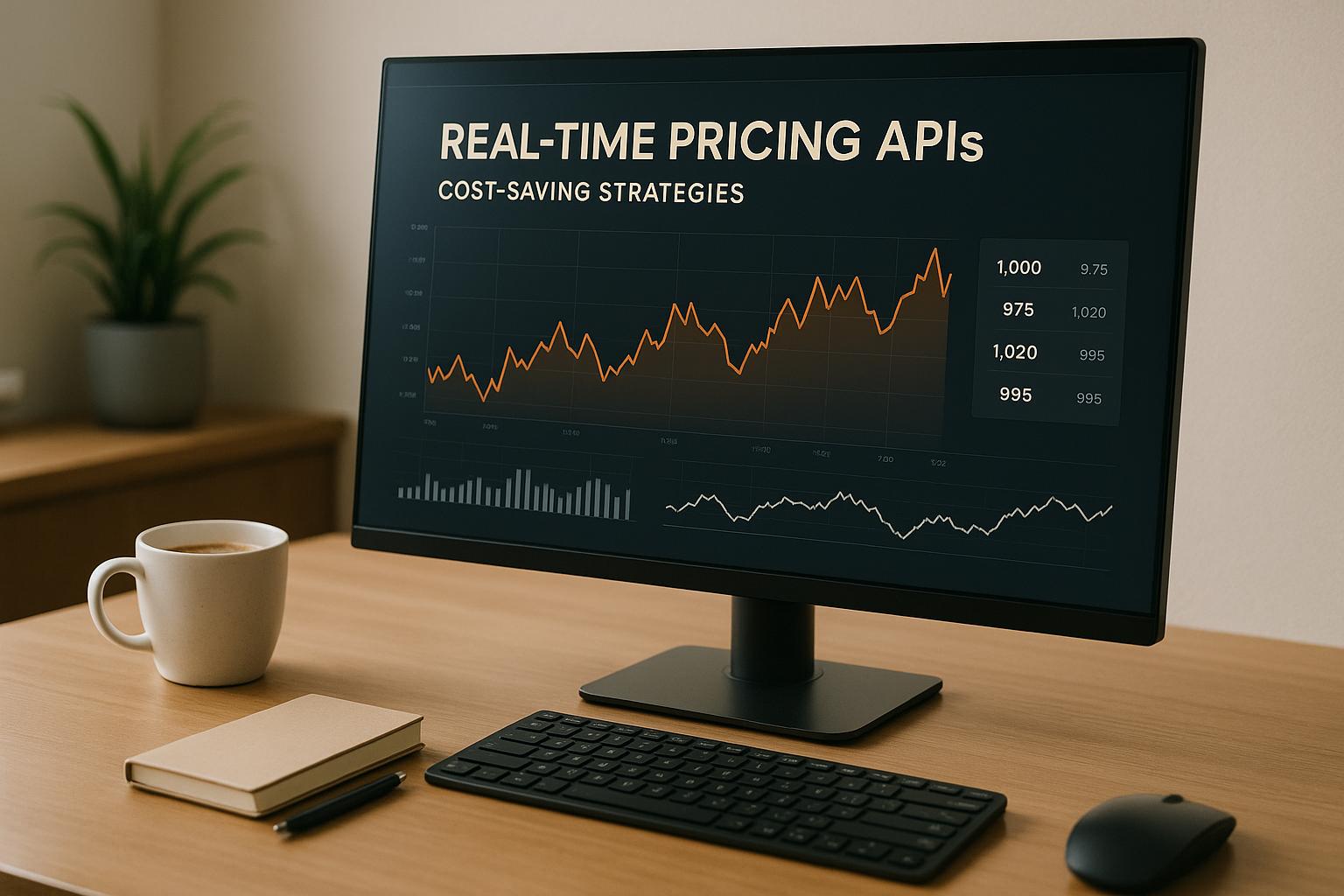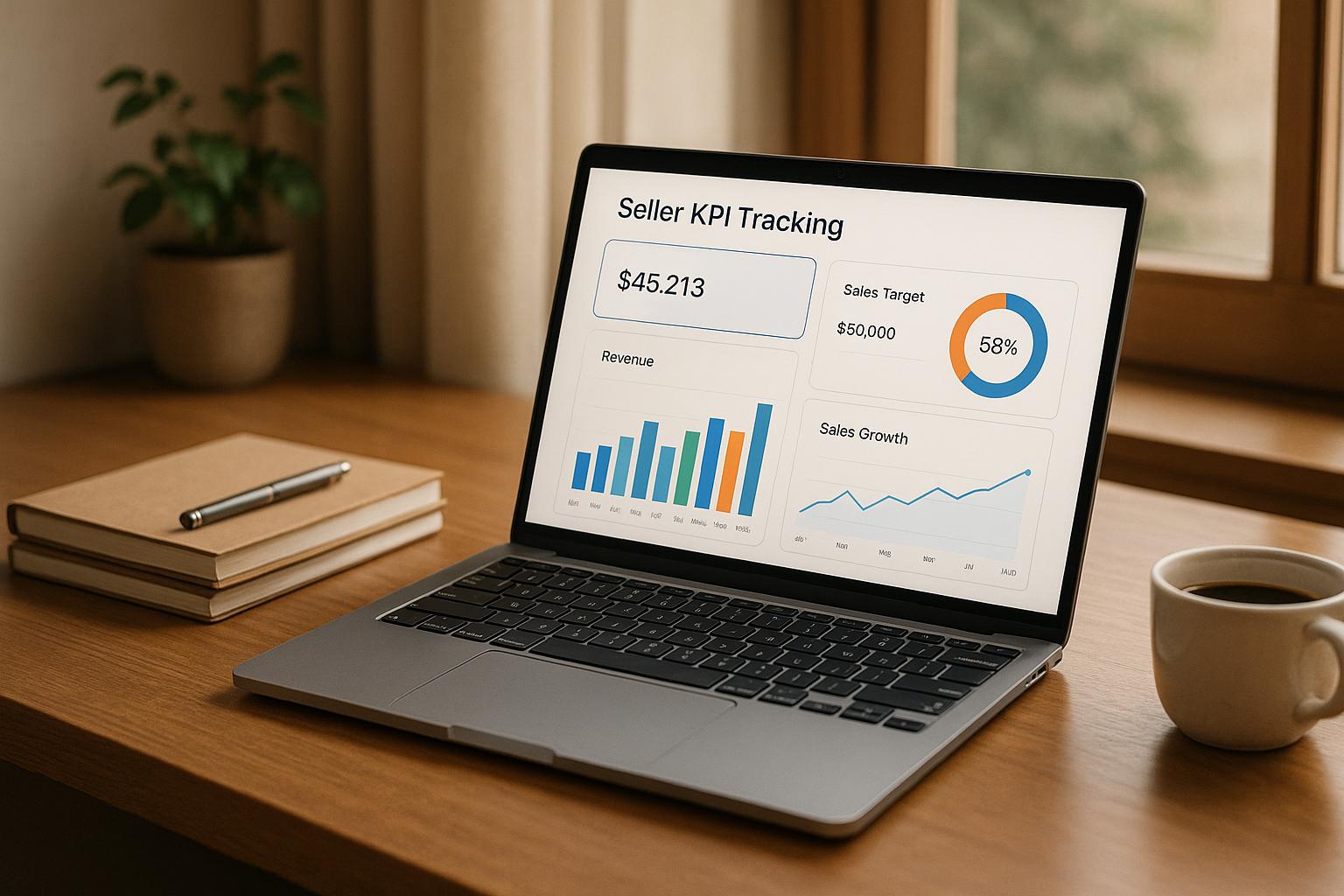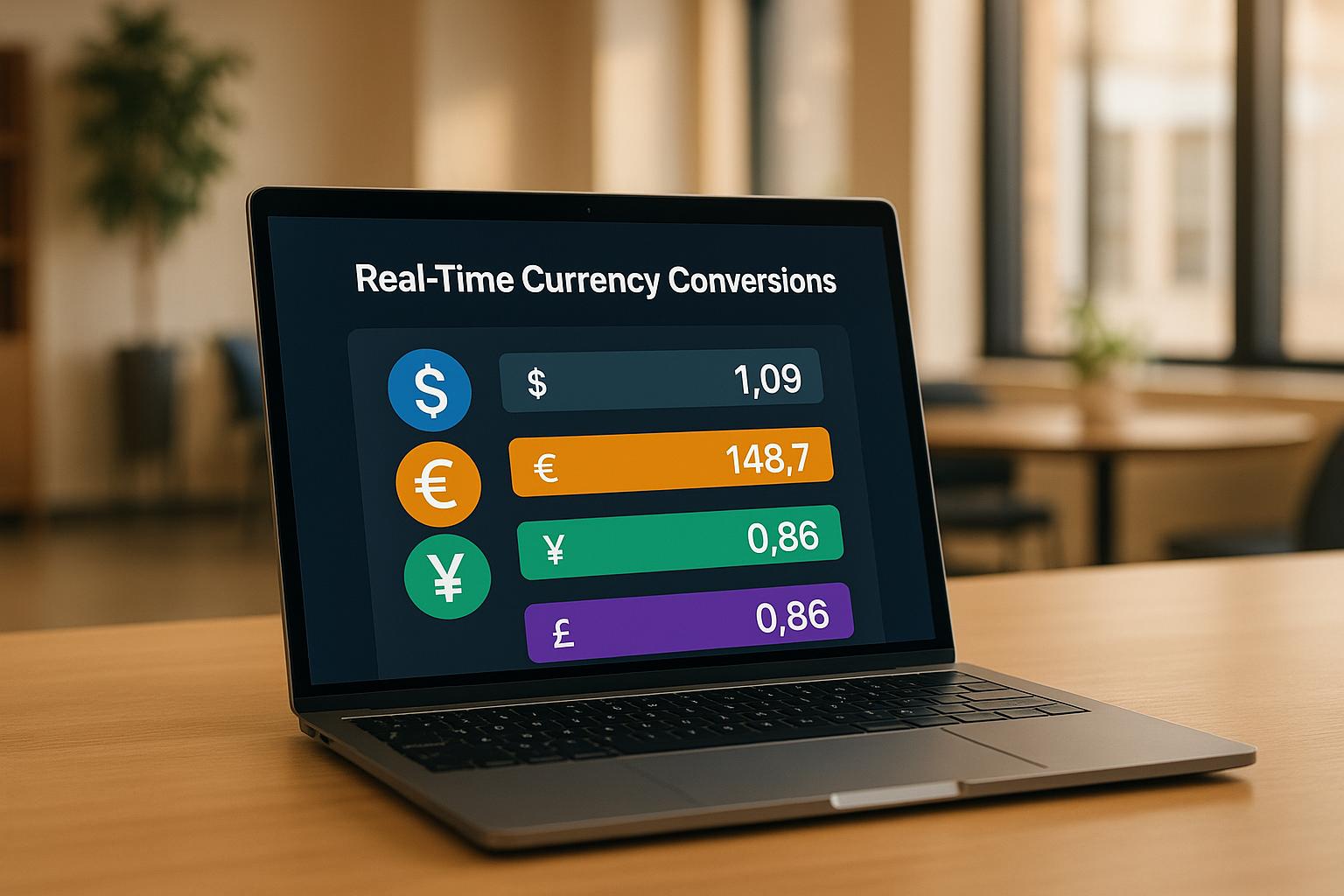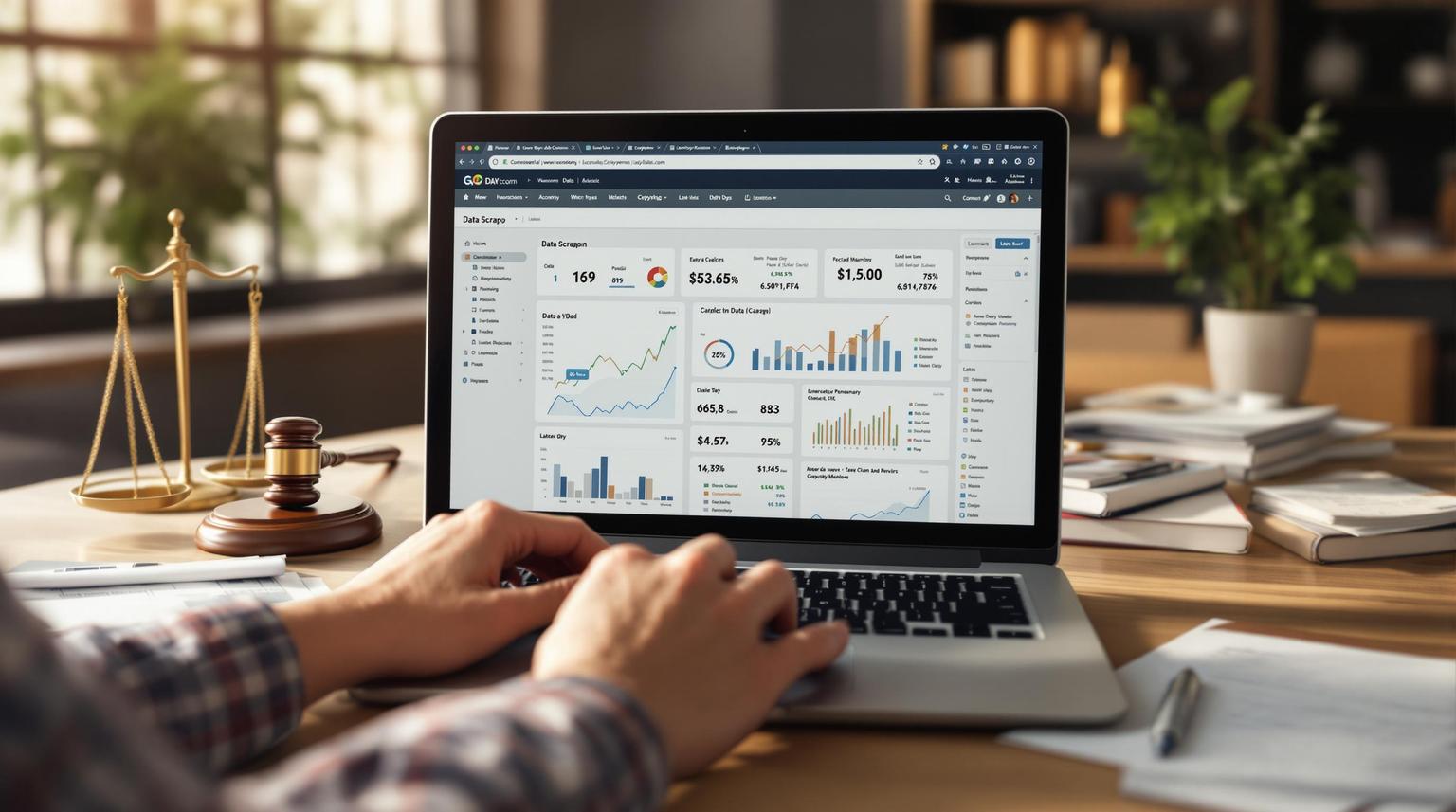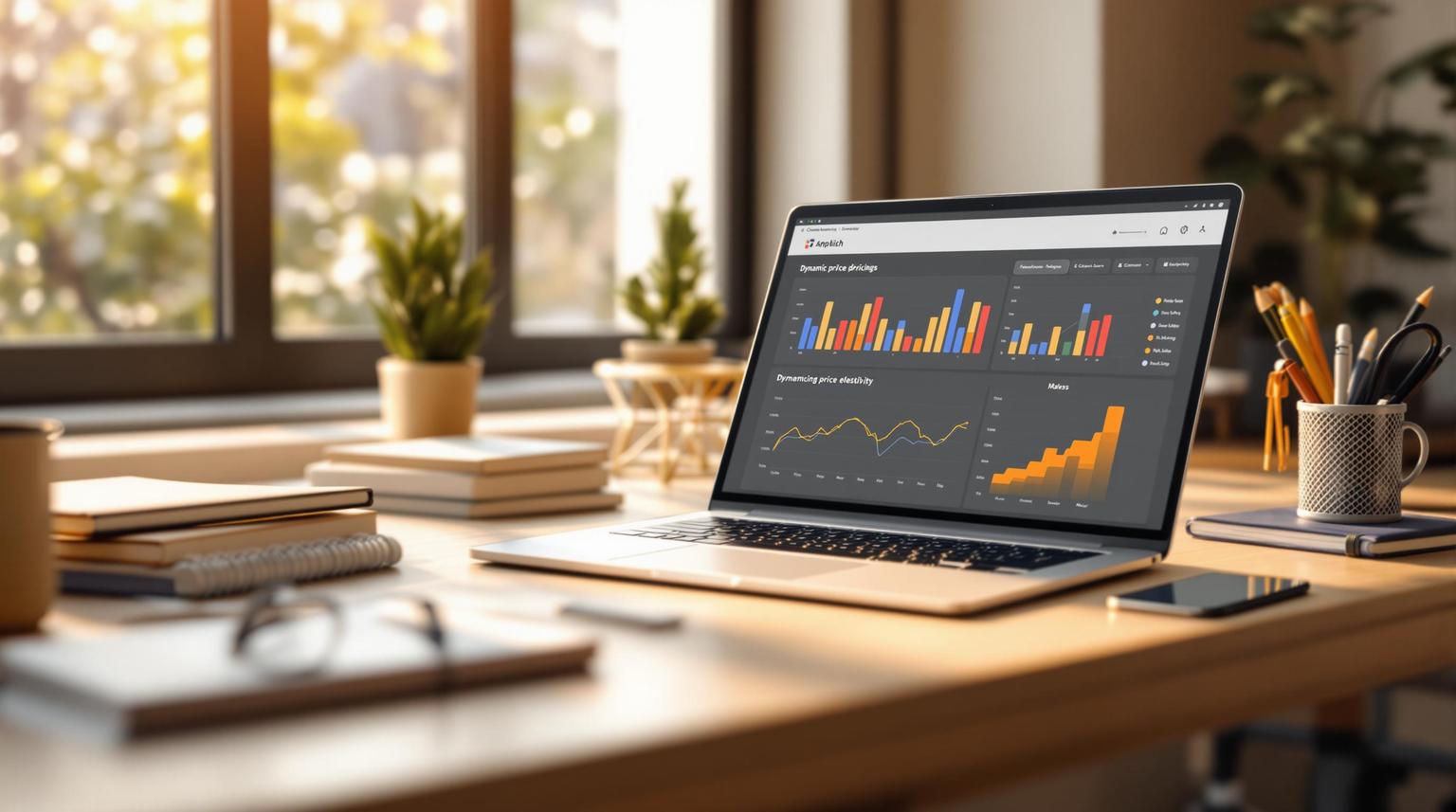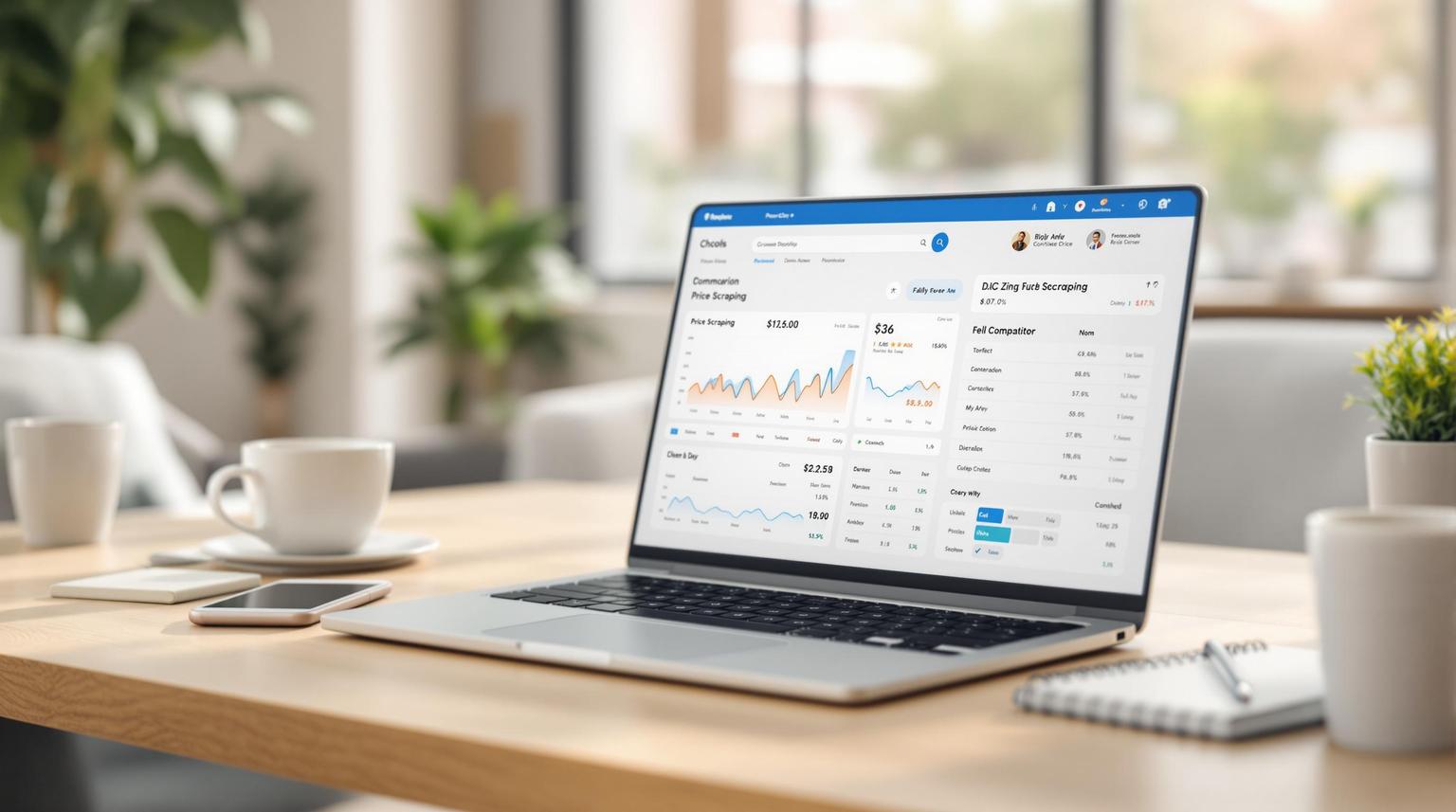Custom Rules for Competitor Price Analysis

March 17, 2025
Competitor price analysis helps businesses stay competitive by tracking and responding to rival pricing in real time. Automated tools, like ShoppingScraper, simplify this process by collecting accurate data and enabling quick pricing adjustments. Here's what you need to know:
-
Why Automate?
- Save Time: Automates tedious manual monitoring.
- Reduce Errors: Avoid mistakes from manual processes.
- Scale Easily: Manage thousands of products at once.
-
How It Works:
- Choose Software: Look for features like real-time updates, EAN/GTIN matching, and multi-platform support.
- Set Rules: Create triggers for price thresholds, rankings, and margin protection.
- Automate Adjustments: Use APIs for dynamic, near-instant pricing changes.
-
Key Metrics:
- Match accuracy, data freshness, response speed, and error rates help measure performance.
Building a Price Analysis System
Selecting Price Monitoring Software
Pick software that provides accurate, up-to-date data and integrates seamlessly with your workflow. Here’s what to look for:
| Feature | Description | Why It Matters |
|---|---|---|
| Data Accuracy | EAN/GTIN matching with title verification | Ensures correct product identification |
| Real-Time Updates | Response times under 4 seconds | Allows quick market adjustments |
| Integration Options | API, web app, and spreadsheet compatibility | Adapts to various technical setups |
| Market Coverage | Supports multiple e-commerce platforms | Gives a broad market overview |
| Automated Collection | Scheduled data gathering at custom intervals | Keeps monitoring consistent |
"ShoppingScraper supports us in making better decisions for our clients. The data accuracy in combination with the fast way to extract it to our own platforms makes ShoppingScraper a valuable partner"
Once you’ve chosen the right software, configure it to maximize data accuracy and ensure smooth operation.
Setting Up Data Sources
Properly setting up data sources is crucial for reliable product matching and thorough marketplace coverage. Platforms often rely on matching techniques to maintain data quality.
"Matching products in ShoppingScraper is really easy. We just had to import our list of products with EAN codes and the system automatically scraped the right product information"
Here are the main steps to focus on:
- Product Identification: Use unique identifiers like EAN codes, SKUs, or ASINs to ensure accurate product matches across platforms.
- Collection Frequency: Adjust intervals to match how quickly your market changes.
- Error Management: Implement systems that provide clear status codes and error messages for fast troubleshooting.
As Remco Schevenhels, E-commerce Manager at D2C Signify, shares:
"ShoppingScraper has become an important tool for defining and adjusting their e-commerce strategy due to its user-friendly and intuitive navigation"
Top platforms can achieve 99% availability, with optimized APIs offering 25% faster performance when collecting Google Shopping data.
Creating Price Monitoring Rules
Common Price Rule Types
Price monitoring rules work as automated triggers to keep an eye on competitor pricing strategies. Depending on your market needs, you can implement several key rule types:
| Rule Type | Function | Application |
|---|---|---|
| Threshold Alerts | Sends notifications when prices cross preset limits | Detect when competitors price below a specific margin |
| Ranking Triggers | Tracks your position in price rankings | Ensure you maintain a target ranking (e.g., top 3 sellers) |
| Match Detection | Flags identical price matches | Identify competitors using price-matching strategies |
| Margin Protection | Monitors profit margins to avoid losses | Stop automated price adjustments that could reduce profits |
Price Rule Setup Guide
Once you've decided on the rule types, here’s how to set them up effectively:
-
Define Product Identifiers
Use unique identifiers like EAN codes to ensure accurate product matching across platforms. -
Configure Collection Frequency
Choose how often data should be collected. Daily updates work well for most e-commerce platforms, but highly competitive markets might need more frequent checks. -
Establish Alert Parameters
Set up triggers that notify you whenever competitor prices move beyond your specified thresholds.
Rule Design Guidelines
To create effective price monitoring rules, keep these principles in mind:
-
Data Accuracy:
Use EAN/GTIN matching combined with title verification for precise product identification. -
Rule Flexibility:
Build rules that can adapt to seasonal trends or sudden market changes by adjusting parameters as needed. -
Error Management:
Include status codes and error-handling measures to ensure consistent data reliability. Set up alerts for any failed data collection attempts to address issues quickly.
These steps and guidelines are key to building a reliable price automation system.
sbb-itb-65e392b
Price Monitoring Automation
Automated Price Adjustments
Once you've designed your pricing rules, you can set up a system for dynamic pricing using ShoppingScraper's API. This allows for near real-time price updates based on market conditions.
Here’s how the key components work:
| Component | Function | Implementation |
|---|---|---|
| Data Collection | Gather pricing information | Schedule updates hourly or daily via API |
| Price Analysis | Compare competitor prices | Use EAN/GTIN matching for precise results |
| Rule Execution | Apply pricing strategies | Automate adjustments within set parameters |
| Response Time | Ensure quick updates | Achieve updates in under 4 seconds |
Price Alert Configuration
Set up alerts by scheduling regular checks and defining thresholds for price changes. Here's how:
-
Schedule Regular Checks
- Monitor hourly for products in highly competitive markets.
- Perform daily updates for stable product categories.
- Use weekly checks for slow-moving inventory.
-
Set Alert Thresholds
- Track price changes that exceed predefined limits.
- Monitor shifts in competitor rankings.
- Detect deviations from the market average.
Managing Price Exceptions
Handle exceptions effectively to maintain the reliability of your pricing automation:
-
Data Validation
Identify and flag unusual prices or patterns that deviate from the norm. -
Error Response
Keep an eye on API performance and activate fallback processes if primary data sources fail. -
Volatility Handling
Adjust pricing rules during unpredictable market shifts. For major changes, consider temporary manual reviews.
Measuring Rule Performance
To get the most out of your automated pricing rules, it's crucial to track their performance using key metrics and fine-tune them regularly.
Performance Metrics
Use the following metrics to evaluate how well your pricing rules are working:
| Metric | Description |
|---|---|
| Match Accuracy | How accurately products are identified using EAN/GTIN. |
| Data Freshness | How current your price updates are. |
| Rule Response | How quickly price adjustments are executed. |
| Error Rate | How often data collection attempts fail. |
Analyze these metrics using tools like your price monitoring platform's analytics dashboard. For instance, ShoppingScraper's API provides detailed status codes and error messages, helping you troubleshoot issues without affecting your request quota.
Rule Optimization Process
Fine-tuning your pricing rules requires a clear, methodical approach. Here's how you can do it:
- Data Quality Assessment: Ensure accurate product matching by validating EAN/GTIN data to maintain integrity.
-
Collection Frequency Analysis: Adjust how often you collect data based on market activity. For example:
Market Type Collection Frequency Why It Matters High Competition Hourly Keeps up with frequent price changes. Standard Retail Daily Balances update frequency with resources. Stable Markets Weekly Suitable for tracking broader trends. - Error Pattern Analysis: Keep an eye on recurring errors, such as mismatches or API failures, and address them promptly to maintain smooth operations.
Regular Rule Reviews
Consistent reviews help ensure your pricing rules remain effective and aligned with market conditions. Here's a suggested review schedule:
| Review Type | Frequency | Focus Areas |
|---|---|---|
| Quick Check | Daily | Error rates and data freshness. |
| Performance Analysis | Weekly | Match accuracy and rule response times. |
| Complete Audit | Monthly | Evaluate overall rule logic and market fit. |
During these reviews, double-check product matching, adjust collection intervals as needed, and refine how errors are handled. This ongoing process keeps your pricing strategy sharp and competitive.
Conclusion
Key Benefits Review
Using custom rules for competitor price analysis gives e-commerce businesses a strong edge. Monitoring prices in real time helps maintain a competitive stance while safeguarding profit margins.
"ShoppingScraper offers a clear overview of all sellers in the market and delivers data from multiple marketplaces." - Pytrik Zwaagstra, Head of Sales Garmin Netherlands
The advantages of automated price monitoring go well beyond simple competitor tracking. Businesses have seen noticeable improvements in decision-making across several areas:
| Business Area | Advantage |
|---|---|
| Inventory Management | Smarter stocking decisions based on market trends |
| Pricing Strategy | Real-time price updates to stay competitive |
| Marketing Optimization | Improved advertising and promotions driven by better data |
By establishing an efficient monitoring system, you can tap into these benefits and drive better results.
Getting Started
Ready to take the next step? Here's how to begin:
-
Define Your Monitoring Scope
Pinpoint your key competitors and products. Focus on those that have the biggest impact on your revenue. -
Set Up Data Collection
Align your data collection schedule with market activity. For example, 10XCREW’s experience highlights the value of consistent, well-structured data gathering:"ShoppingScraper has been a key asset for our agency. With the support of ShoppingScraper we are able to collect massive quantities of relevant data, which feeds our systems, and provides our specialists with data-driven insights that help them make better decisions about advertising, optimization, pricing and inventory management, leading to increased sales and profits." - Toon Hendrikx, Founder & CEO 10XCREW
Related Blog Posts












